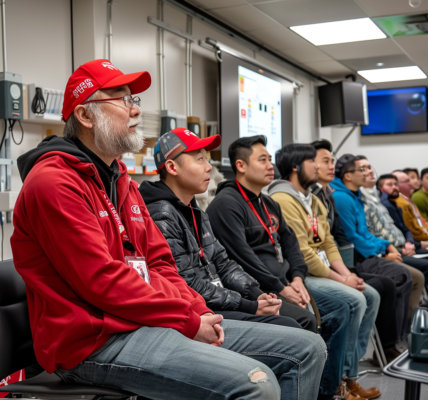Exciting new discoveries have been made in the field of paleobiology, shedding light on the earliest life forms on Earth. Stromatolites, the oldest geological record of life on our planet, have been found in a surprising new location – Saudi Arabia.
Stromatolites, which are structures made of algae carpets that precipitate carbonates, first appeared 3.48 billion years ago and thrived as the primary carbonate factory for nearly three billion years. These ancient organisms played a crucial role in the Great Oxygenation Event, which altered the composition of Earth’s atmosphere by introducing oxygen.
However, as more life forms adapted to the oxygenated atmosphere, stromatolites faced stiff competition and began to decline. Today, these unique structures are mainly found in extreme environments like hypersaline marine settings and alkaline lakes.
The recent discovery of living stromatolites on Sheybarah Island in Saudi Arabia by researcher Volker Vahrenkamp has sparked excitement in the scientific community. Vahrenkamp stumbled upon these ancient formations while studying salt crust domes on the island’s northeastern shelf.
Sheybarah Island’s environmental conditions, with alternating wetting and drying cycles, extreme temperature fluctuations, and oligotrophic conditions, are reminiscent of the habitats where stromatolites thrived in the past. This discovery suggests that there may be other stromatolite fields waiting to be uncovered across the Al Wajh carbonate platform.
This groundbreaking find not only provides new insights into the origins of life on Earth but also highlights the importance of exploring diverse environments for paleobiological research. The discovery of stromatolites in Saudi Arabia opens up new possibilities for studying ancient life forms and understanding the evolution of our planet.





